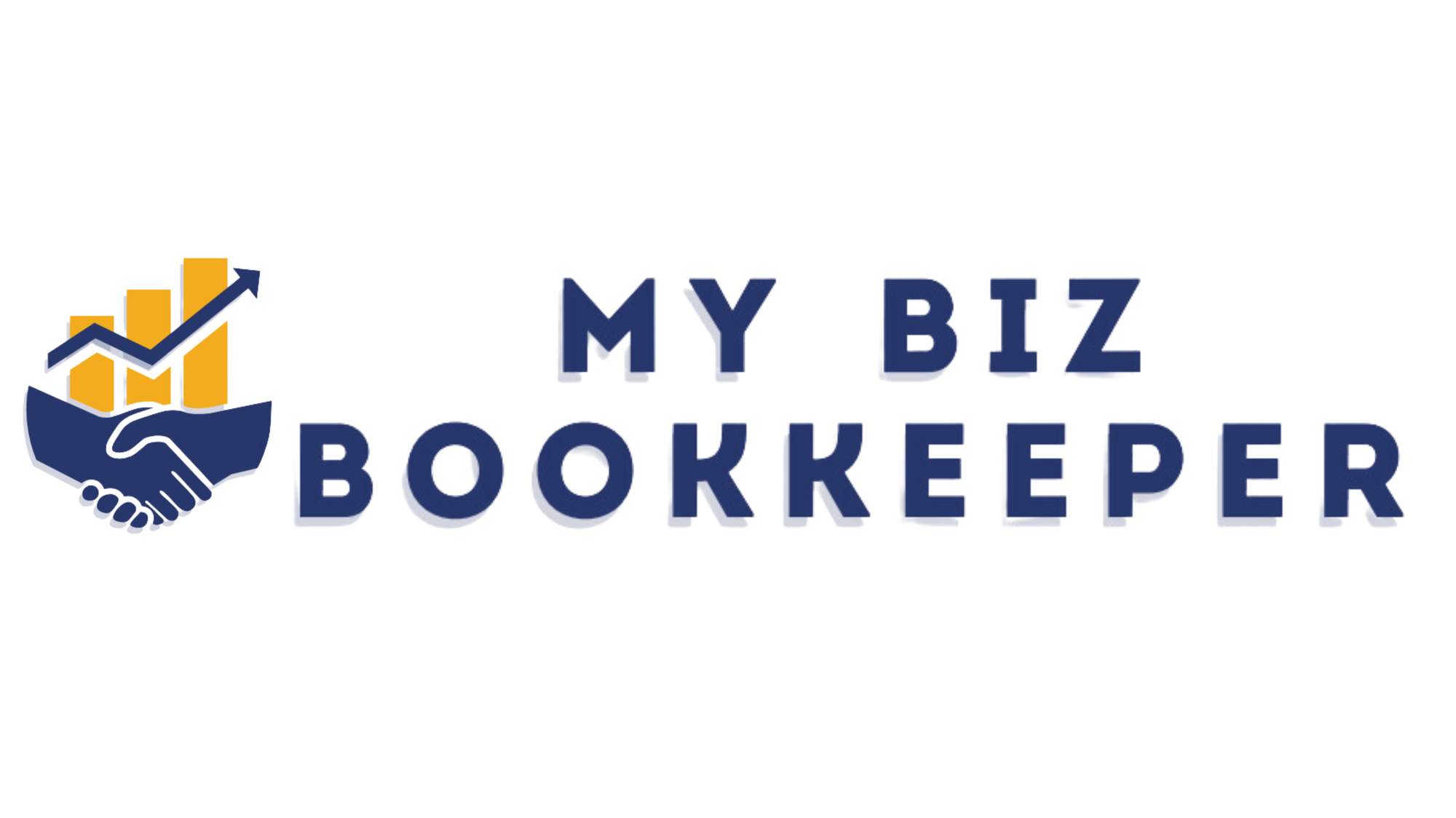Business Budget Planning Made Simple

Does the word "budget" make you cringe? You're not alone. Many business owners avoid budgeting because it seems complicated or restrictive. But here's the truth: a simple budget is just a plan for your money - one that helps you sleep better at night and make confident decisions during the day.
Why This Matters
Think about these questions:
- Ever wonder where all your money went at the end of the month?
- Worry about having enough set aside for taxes?
- Feel unsure about when you can afford to grow?
- Wish you had a clear spending plan?
A simple budget helps you:
- Know exactly how much you can spend
- Plan for slow months
- Save for bigger purchases
- Make better daily decisions
- Feel more in control
First Steps: Know Your Numbers
Start With What's Coming In
Look at your past few months:
- How much money came in each month?
- Which months were your best?
- Which were your slowest?
- What patterns do you notice?
- Where does most of your money come from?
Then Look at What's Going Out
Make a list of:
- Regular monthly bills (software, rent, utilities)
- Things you pay quarterly or yearly
- Costs that change month to month
- Surprises that popped up
- Where you tend to overspend
Step 1: Plan Your Income
Start with what's realistic:
- Look at your lowest-income month
- Plan using that number (it's safer!)
- Add any guaranteed regular income
- Don't count on maybes
- Think seasonal if that fits your business
Step 2: List Your Must-Pays
These are expenses you have to cover:
- Regular monthly bills
- Software subscriptions
- Employee or contractor pay
- Insurance payments
- Loan payments
- Your own salary (yes, this is a must!)
Step 3: Plan for Sometimes-Pays
These pop up regularly, but not monthly:
- Quarterly tax payments
- Yearly renewals
- Equipment updates
- Training or conferences
- Professional services
Step 4: Save for Just-in-Case
Every business needs backup funds for:
- Slow months
- Unexpected repairs
- Late-paying clients
- New opportunities
- Peace of mind
Still working on reviewing your financial health? Start here:
Read More: Your Annnual Financial Health Review Checklist
Making Your Budget Work
Keep It Super Simple
- Use a basic spreadsheet or app
- Track the big things that matter
- Don't get lost in tiny details
- Focus on patterns, not pennies
- Update it regularly (weekly is best)
Make It Part of Your Routine
Try this 15-minute weekly check-in:
- Look at what came in
- Check what went out
- Spot any surprises
- Plan for next week
- Flag any concerns
Adjust As You Go
Your budget should change when:
- Your income changes
- You add new services
- Costs go up or down
- Seasons change
- Business needs shift
Ready to set some financial goals? Here's how:
Read More: Setting Smart Financial Goals for the New Year
Common Budget Problems (and Solutions)
"My Income Is Different Every Month"
Try this:
- Budget based on your lowest month
- Save extra from better months
- Plan for your slow season
- Build a cash cushion
- Track patterns year over year
"I Keep Having Surprise Expenses"
Here's what helps:
- List every expense from last year
- Group them by type
- Note when they happened
- Plan for similar ones
- Add a "surprise fund" to your budget
"I Don't Know Where to Start"
Keep it simple:
- Track everything for two weeks
- Write down patterns you notice
- Pick three areas to improve
- Start with those
- Add more detail later
Your Simple Budget Review Routine
Weekly Quick-Check
Look at:
- Money that came in
- Bills coming due
- Upcoming expenses
- Available cash
- Any red flags
Monthly Deep-Dive
Review:
- Last month's total income
- Where money was spent
- What's leftover
- Progress on savings
- Any needed changes
Quarterly Big Picture
Check:
- Budget versus reality
- Seasonal patterns
- Growing expenses
- Savings progress
- Goal progress
Ready to Get Your Budget Started?
Before creating a budget that works, you need clean, organized books.
If you're still catching up on your books, start here:
Read more: Behind on Your Books? Your Catch-Up Guide to End the Year Strong
Let's start with:
- Transaction Check: Get all your income and expenses logged
- Pattern Review: Understand your typical money flow
- Simple System: Set up easy tracking that works for you
📞 Call: (214) 306-7850 📧 Email: hello@mybizbookkeeper.com
Want more tips? Subscribe to our weekly newsletter for practical business advice.





